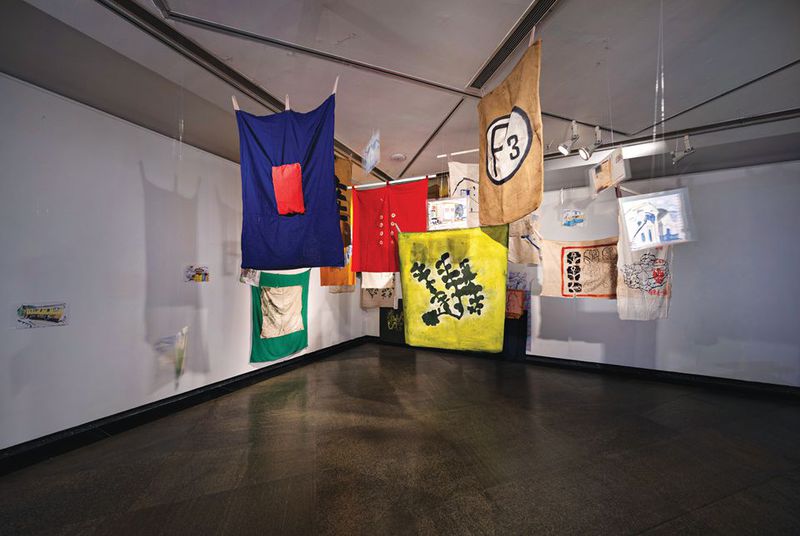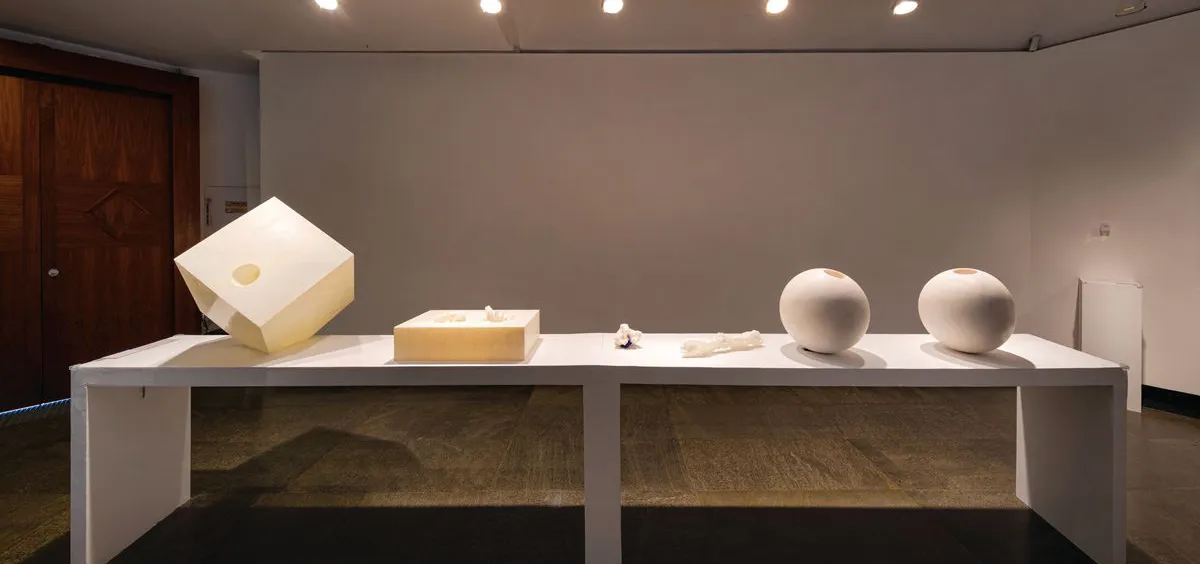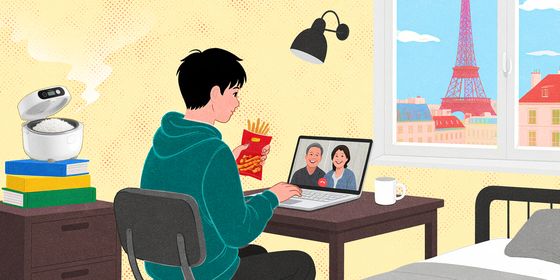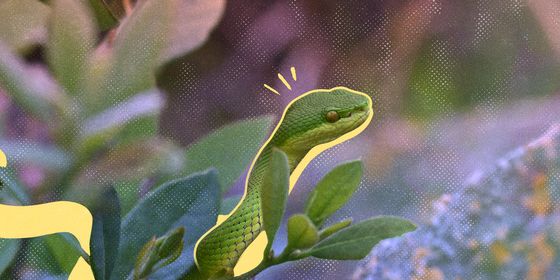Guangzhou exhibition for the visually impaired probes boundary between art and sight
Without sight, how does one engage with art? Curator Zhang Fen brings this question to the fore in the recent exhibition “Eyes and Beyond: Art Sharing Project for the Visually Impaired” at the Guangdong Museum of Art. Through the multi-sensory works of sculpture, photography, video, and installation, accompanied by Braille and audio guides, the exhibition shines a light on the experiences of the visually impaired and our shared perception of the world.

Fan Bo, “The World,” 2016
What drew you to the intersection between art and sight?
As a curator, I always encourage visitors to approach art by identifying what we see. When we take a step back and recognize the privilege of physically carrying out our vision, we should also acknowledge that for everything we see, there is an infinite number of things we can’t see, like the entirety of the universe or a speck of dust. After all, we’re confined by our bodies.
In this exhibition, I seek to honor the distinct qualities of our lived experiences. Conceptually, I believe that our world is built on difference, not sameness. Human beings wouldn’t exist without the features that set us apart. There also wouldn’t be art, since art is a fundamentally varying form of creation. The experiences of being with and without sight are different indeed, but it’s the common ground in between them that brings us together. Within limited time and space, I hope this exhibition cuts across the barrier between abled and disabled bodies and taps into the universality of human nature through the lens of art.

Li Xiuqin, “Self-Journey,” 2013
How did you select artists and artworks?
I had known the artists and their works long before the exhibition was conceived. Some of them have personal associations with vision loss. Li Xiuqin, for example, temporarily lost sight in an accident; Huang Wenya grew up with an uncle who is blind. Others engaged with the blind community through research or public service. On a street rife with misplaced shared bikes, Hui Ganyuan volunteered to remove them from tactile paving surfaces. For his long-term project titled Sound Museum, Colin Siyuan Chinnery interviewed blind individuals on their perception of sound. During the pandemic lockdown, Chinnery found himself in the same position as those who are blind, dealing with seclusion and immobility, so he revisited the interviews and translated them into Morse code. Unable to venture outside and make recordings like he used to, he turned to the interior of his apartment, tapping out the codes on various surfaces with a white cane. The resulting video work put a timely spin on the exhibition.

Li Shan, “Grain Depot,” 2020
What has been the response from the audience?
It came as a surprise to me that the exhibition attracted so much attention. Due to the pandemic, we intentionally kept publicity to a minimum to avoid crowds gathering, but on opening day, we met a number of visitors who are visually impaired and had been following our program. They told me that it was the first exhibition they had ever visited where they didn’t have to rely solely on their sighted companion for interpretation; instead, their own opinions are as valuable if not livelier than their partner’s.
What are your plans going forward?
The Guangdong Museum of Art has always been keen on public education, aiming to be a place for people in the community to frequent as children and continue to find a home in as they grow older. This exhibition is an attempt to expand on that community to involve people with visual impairments and, in the future, other disabilities or conditions that may have kept them away from the museum. I already have ideas for “Ears and Beyond” and “Mind and Beyond.” I believe this is only the beginning of an enriching journey ahead.
Gallery: Beyond Sight is a story from our issue, “High Steaks.” To read the entire issue, become a subscriber and receive the full magazine.












